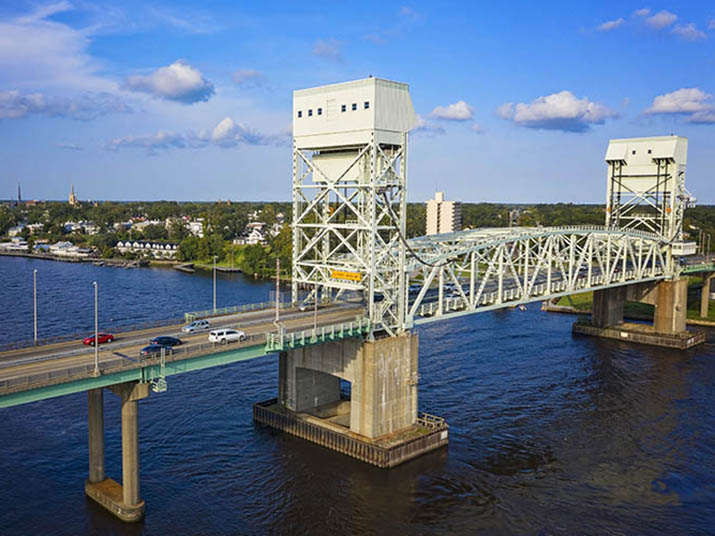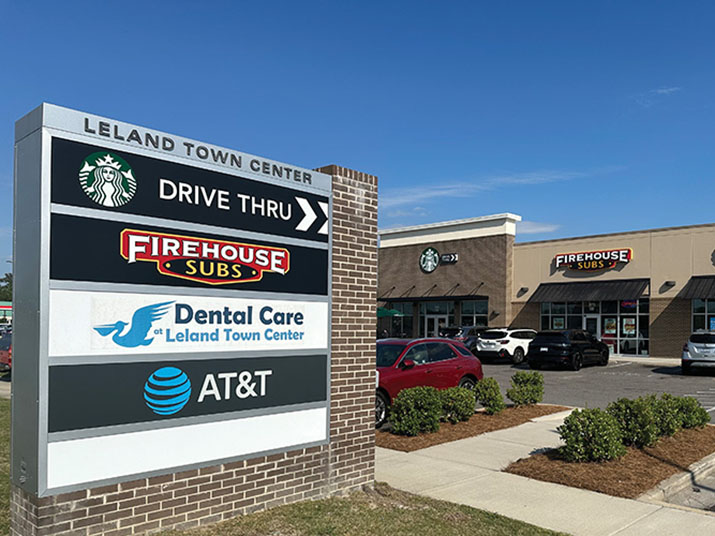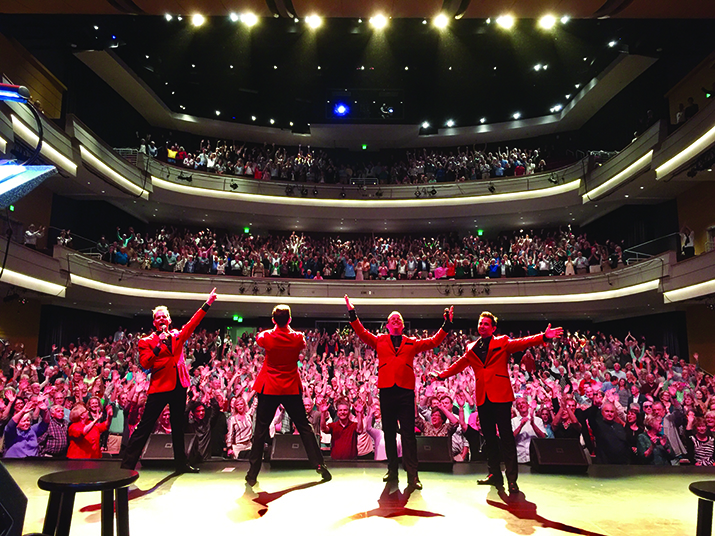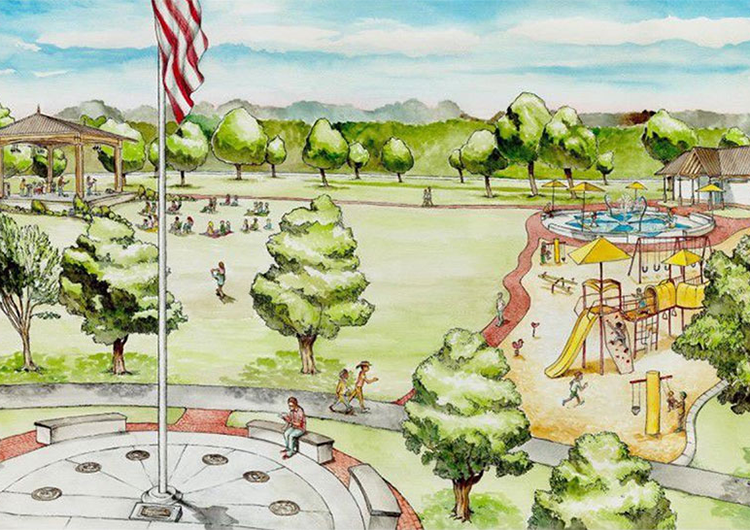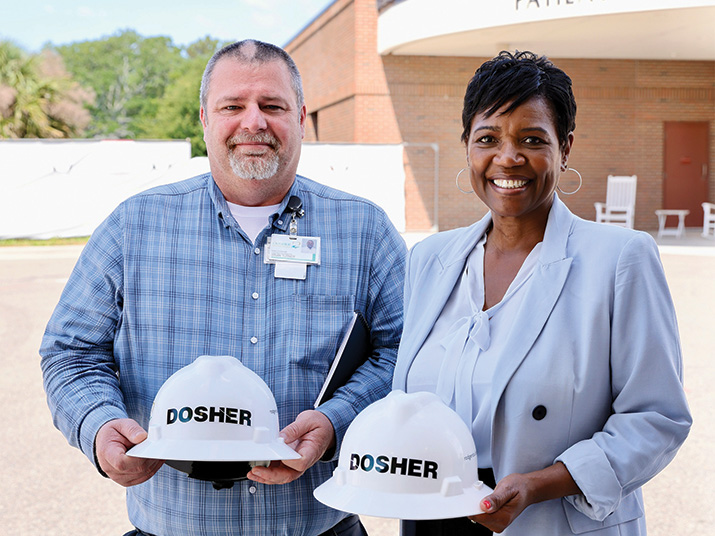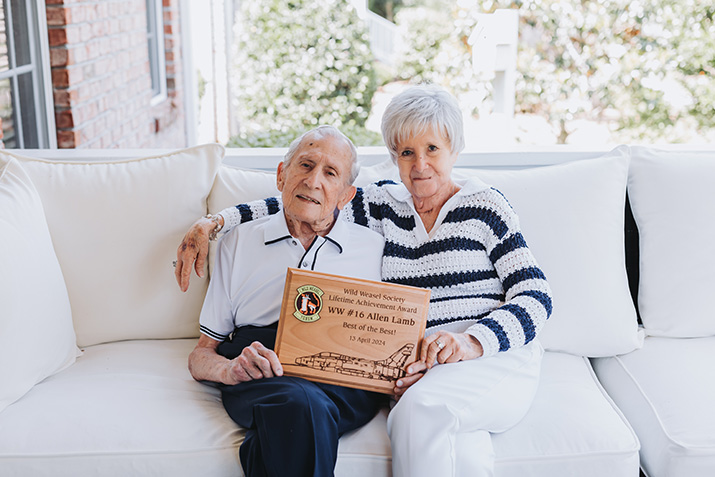Downtown districts: Planning initiative targets growth needs
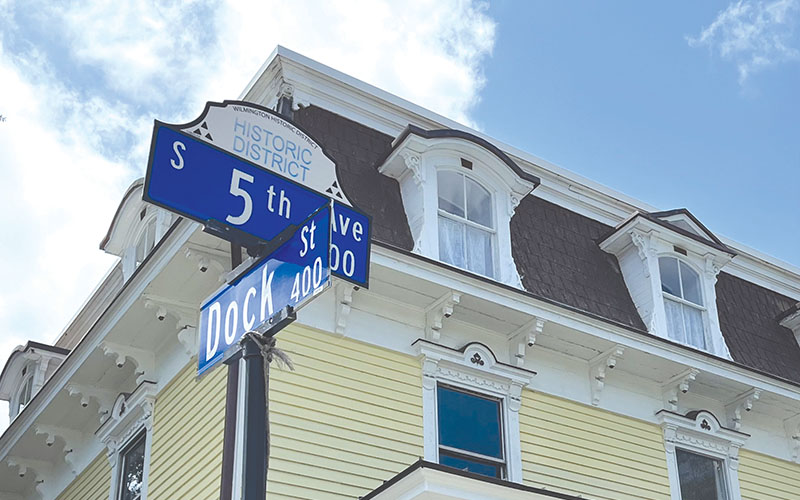
Residents and stakeholders in 18 neighborhoods in downtown Wilmington will be consulted as the city of Wilmington develops a new Greater Downtown Plan. (Photo by Cece Nunn)
In September, the Wilmington City Council chose a Cambridge, Massachusetts-based consulting firm to work on a plan for the city’s downtown core and adjacent areas at an anticipated cost of $350,000.
“The process is estimated to take approximately 16 months and includes extensive community outreach to residents and stakeholders within the 18-neighborhood study area,” the city’s staff explained in the council’s agenda documents. “This plan will succeed previous plans adopted within the planning area for the Downtown, North Side, and South Side neighborhoods.”
For the mix of planning needs that characterize the 18 neighborhoods within “Greater Downtown,” a term defined by the city as those within Wilmington’s 1945 corporate limits, a consulting firm was a necessary step, officials say.
The firm that the council agreed to go with, Agency Landscape + Planning LLC, will prepare a special area plan aimed at assisting in managing anticipated growth in the next 25 years “and ensuring that Wilmington continues to be a safe, healthy place to live with a high quality of life for all,” city documents state.
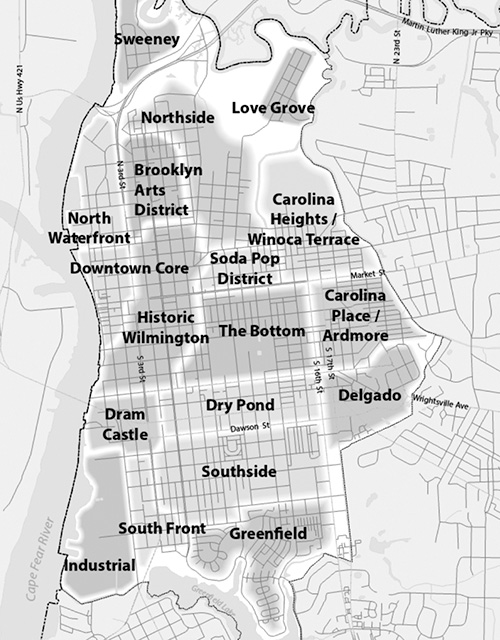
Linda Painter, Wilmington’s director of planning and development, explained, “As planners, we’re generalists; we know a lot about different things. But there are also people who specialize – in transportation, in economic development, in housing and community development, urban design. So going out for a consultant allows us to bring in all of those people and all of that level of expertise to assist us in crafting the plan and making sure we have the best data, the best information and we’re really following best practices in all areas.”
The Greater Downtown Plan is meant to supplement the city’s Create Wilmington Comprehensive Plan, officials say, with one of its objectives to create “a collaborative process based on citizen participation, designed to bring stakeholders together to improve neighborhoods and ensure a better future.”
Some business leaders hope the process creates an opportunity for their concerns to be heard.
“I think it’s good they’re doing the planning and that they are talking to people. I hope that the consulting group talks to more groups like Downtown Business Alliance and Wilmington Downtown Inc.,” said Kelli Jordan, president of the Downtown Business Alliance (DBA). “I think each group represents a slightly different business interest or downtown interest. … From DBA’s standpoint, I think we have enough diversity within our group that it would be good for the planner to come and have a special session and get input from our businesspeople.”
Referring to campaign sound bites from Wilmington City Council candidates running for seats in this November’s election, “I’m hearing about jobs, infrastructure, a lot of things being mentioned … about courting these big companies to bring jobs. And while I understand that it’s important to have that in a city, it ignores the existing small business owners in a lot of ways.”
Jordan, an architect whose business, Studio3, has offices in The Cotton Exchange off North Front Street, said small businesses are thriving downtown, “but they need to continue to thrive.”
Before choosing a consultant to recommend to the city council, Wilmington staff members participated in six public information-gathering sessions in fall 2022.
“We heard of many desired priorities with several recurring themes including better public transit, better mobility options (bicycle and pedestrian facilities), enhanced safety, more trees and a careful attention to our city’s rich cultural and historical heritage,” officials say on the plan’s web page.
Dusty Ricks, owner of Satellite Bar & Lounge at 120 Greenfield St. in the city’s South Front District, said the city should address its lack of connectivity when it comes to sidewalks that lead to nowhere and requiring developments to have bicycle racks without the necessary connections between places.
“Such a massive amount of construction going on in this city, yet the infrastructure hasn’t been upgraded,” Ricks said.
City planners expect the Greater Downtown Plan to result in specific projects that boost the community.
“I would say there are probably policy recommendations that may come out of these, recommendations to update our ordinances to help remove barriers to achieve certain things. And then the physical projects in terms of, ‘OK, here’s what we want to do,’” Painter said. “But it’s really focusing on the different neighborhoods and what we need to do to connect all those neighborhoods together and remove barriers that might be stifling their opportunities.”
The effort is also focused on preserving aspects of the neighborhoods that residents love, she said.
“All of these neighborhoods have assets that are working really well and how do we preserve and enhance those and then change and improve the things that aren’t working so well for them,” Painter said.
Obviously, not all residents will have the same opinion about what should stay or go or change.
Take brick streets, for example.
“Some people love them because it’s a character,” Painter said. “Others say, ‘Hey, these are really bumpy to drive on.’”
One need planners have already heard about when it comes to feedback for the downtown plan is the lack of affordable housing. The city has some programs aimed at addressing housing affordability and certain incentives for developers who include workforce housing in their projects. “So there’s some things we can do from a regulatory perspective,” Painter said, but ultimately when it comes to affordable housing, “everyone has to be part of that solution.”
Affordable housing is a common concern downtown, said Zedrick Applin, board chairman for Northside Oasis of Wilmington (NOW). The nonprofit organization aims to build a sports and cultural center in Wilmington’s Northside community, one of the areas set to be examined by the Greater Downtown Plan.
The center, now known as Optimism Oasis, would be built behind the Boys & Girls Clubs of Southeastern North Carolina location at 901 Nixon St.
The estimated $300 million project, which would be built in phases, would include a gym and pool complex, among other buildings.
“As we’re adding these types of amenities to the city, the city can then come behind and adjacent to this project help to build affordable housing,” said Applin, who is also head of diversity, equity, inclusion and community involvement for Wilmington-based fintech firm nCino.
In forums NOW conducted with the Northside community, a top concern among residents was gentrification, a process by which a lower-income urban area is taken over by wealthier property owners.
They worry, Applin said, that by the time NOW is able to bring Optimism Oasis to fruition, “the Northside is going to be looking drastically different than what it is today.”
It’s something that’s top-of-mind for NOW officials, he said.
Applin said he also hopes the city’s plan considers ways to preserve the history of the Northside, a historically Black area, as part of the Greater Downtown Plan.
“I hope it’s a concern for the city,” he said.
Painter said a major goal of the Greater Downtown Small Area Plan formation process is to hear such concerns and reach as many people as possible for input.
She said, “We want this to be driven by the community.”



